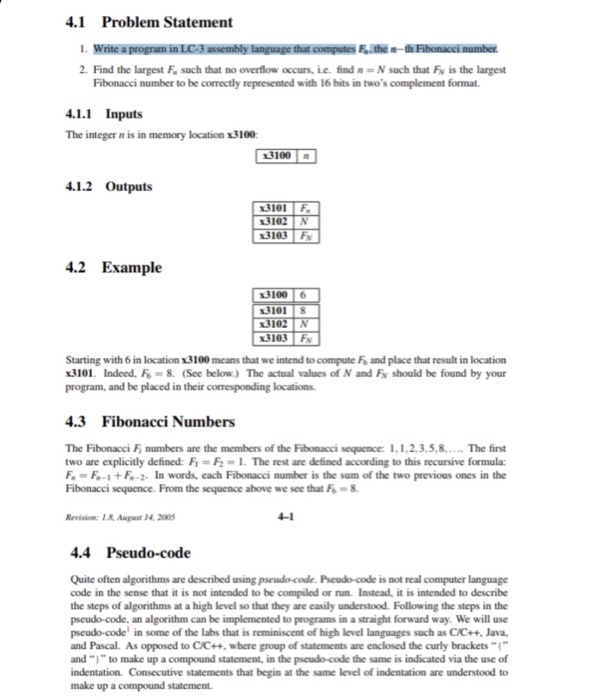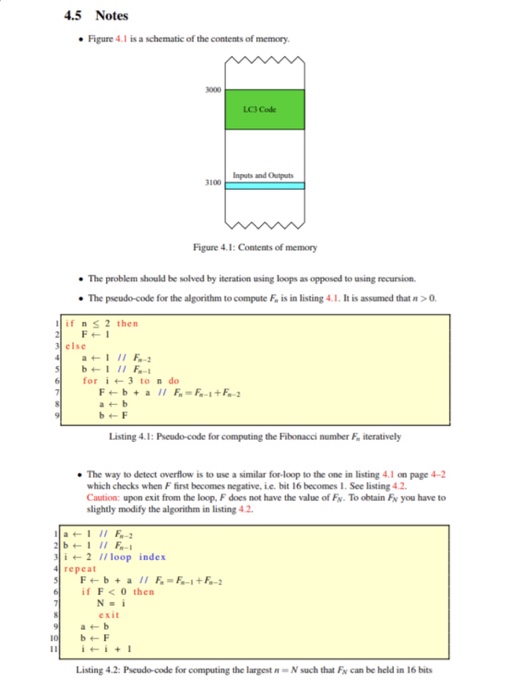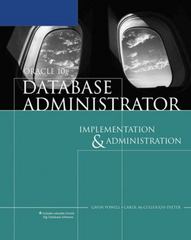Answered step by step
Verified Expert Solution
Question
1 Approved Answer
4.1 Problem Statement i write a program inLC3assembly language that comptes ther-thiFibonaccinumber 2. Find the largest F, such that no overflow occurs, ie, find n


Step by Step Solution
There are 3 Steps involved in it
Step: 1

Get Instant Access to Expert-Tailored Solutions
See step-by-step solutions with expert insights and AI powered tools for academic success
Step: 2

Step: 3

Ace Your Homework with AI
Get the answers you need in no time with our AI-driven, step-by-step assistance
Get Started


